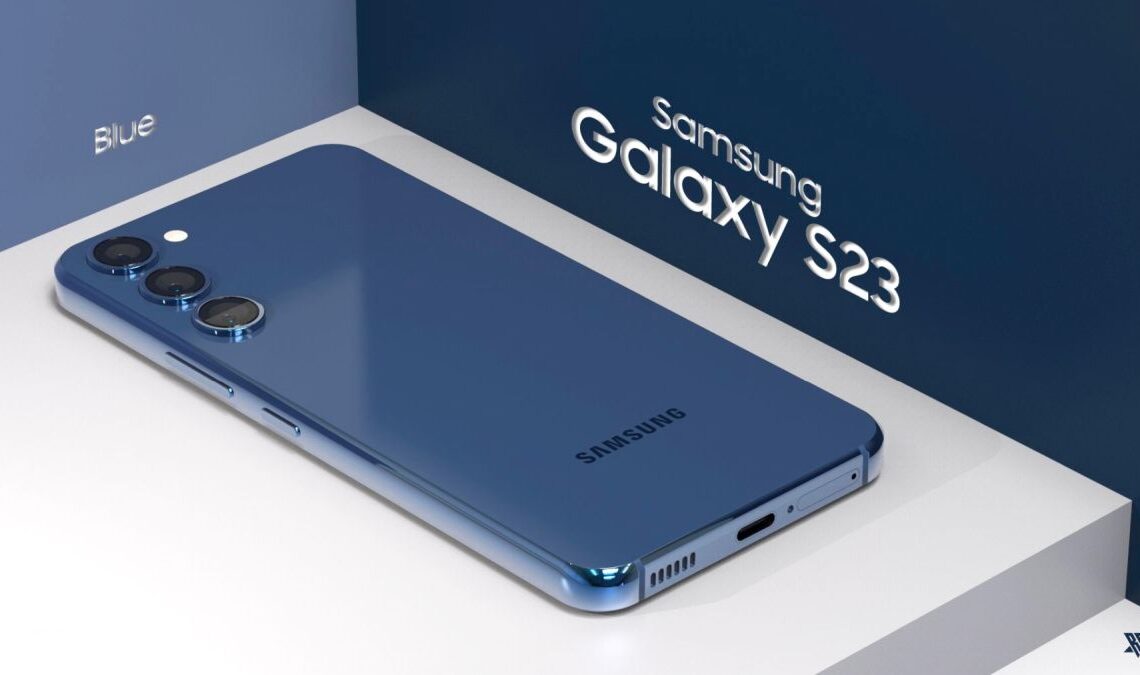
The Samsung Unpacked 2023 event is only two weeks away, and today, the company officially announced the 200MP camera that will debut in the Galaxy S23 Ultra. The latest 200-megapixel (MP) image sensor, the ISOCELL HP2, the successor to the 200MP HP1, will arrive with improved pixel technology and full-well capacity for stunning mobile images in tomorrow’s premium smartphones.
The ISOCELL HP2 packs 200 million 0.6-micrometer (μm) pixels in a 1/1.3” optical format, a sensor size that is widely used in 108MP main smartphone cameras, which enables consumers to enjoy even higher resolutions in the latest high-end smartphones without larger camera bumps in their devices. Washed-out pictures from brightly lit environments can be significantly reduced with the HP2, thanks to Samsung’s new Dual Vertical Transfer Gate (D-VTG) technology. A voltage transfer gate is placed on the bottom of a photodiode within each pixel to transport electrons from the pixels to the logic layer.
“The Samsung ISOCELL HP2 harnesses Samsung’s high-resolution image sensor technologies and know-how at the cutting edge for epic details. Our leadership comes from innovative pixel technologies that allow our sensors to go beyond the number and size of pixels. We will continue to open new horizons and solidify our presence in the expanding ultra-high-resolution sensor market,” said JoonSeo Yim, executive vice president of the Sensor Business at Samsung Electronics.
With Samsung’s advanced pixel-binning technology, Tetra 2 pixel, the HP2 adds more versatility to the camera as it simulates different pixel sizes to accommodate varying lighting levels. When in low-lit environments, the sensor transforms either into a 1.2μm 50MP or 2.4μm 12.5MP image sensor by binding four to 16 neighbouring pixels. For fuller 8K video, approximately at 33MP, the HP2 switches to 1.2μm 50MP mode to minimise cropping and capture more of the scene.
In low-lit settings, the HP2’s auto-focusing is taken to the next level with Super QPD, which allows the sensor to use all its 200-million pixels for focusing agents. The ample amount of focusing agents are grouped by four adjacent pixels to recognize both horizontal and vertical pattern changes that deliver faster and more accurate auto-focusing. Utilising the rich pattern data along with the sheer number of reference points, the new sensor is capable of fast auto-focusing, even in a dimly lit environment.

